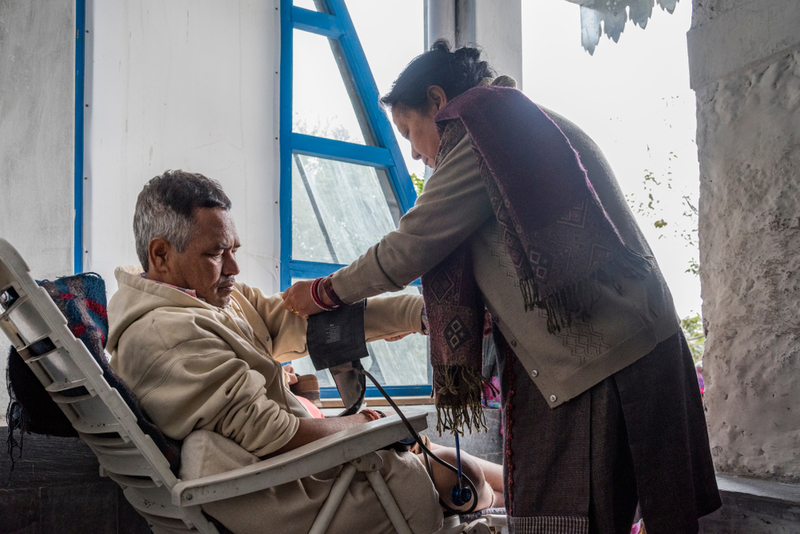Why should you choose NCEP ATP III over IDF for lean metabolic syndrome in rural India?
M3 India Newsdesk Aug 09, 2018
A recent population-based study conducted in West Bengal showed a significant number of people living with non-obese/lean metabolic syndrome (MetS) in rural areas.

Obesity is a major risk factor for many of the metabolic disorders. In India, one-third of the urban population have metabolic syndrome (MetS). However, MetS was not known to be prevalent in the rural regions of India, particularly among the underprivileged population until now.
International Diabetes Federation (IDF) for defining MetS has considered presence of central obesity with region/ethnicity-specific waist circumference as a mandatory defining criterion along with the presence of two other features from Dysglycemia, systolic and/or diastolic hypertension, hypertriglyceridemia, and low high-density lipoprotein. MetS is predominantly associated with environmental factors over genetic factors. Additionally, the underprivileged population are not obese due to poor socioeconomic status.
As per IDF criteria, any three of the following is necessary to make a diagnosis of MetS:
- Central obesity, defined as elevated waist circumferennce (≥90 cm for Indian males; ≥80 cm for Indian females)
- Triglycerides ≥150 mg/dL
- High-density lipoprotein (HDL) cholesterol <40 mg/dL in men and <50 mg/dL in women
- BP ≥130/85 mmHg or greater
- Fasting blood glucose ≥100 mg/dL
As per NCEP ATP III, waist circumference should be ≥100 cm in males, ≥90 cm in females, but central obesity is not an absolute requirement. Along with this, any three of the other 4 criteria mentioned above should be fulfilled. This means that a patient who may not be classified as 'obese' but still test positive for any of the other criteria could also be diagnosed with MetS.
The population-based study was conducted to estimate the prevalence of MetS in rural West Bengal and to assess if there is any difference in the prevalence between tribal population and non-tribal population residing in the rural area. The study compared metabolic health considering the anthropologic and biochemical parameters of 205 people from the neighbourhood community from non- scheduled tribe (ST) population and 200 people from the scheduled tribe population.
The study reported that with IDF criteria, the prevalence of MetS in the rural areas of West Bengal is 21.48% but with National Cholesterol Education Program-Adult Treatment Panel III (NCEP ATP III) criteria, the prevalence of MetS is 31.1%. Also, the prevalence of normal waist/lean MetS was 12.8%, which was comparable between non-tribal versus tribal cohort.
Comparison of different anthropological and biochemical parameters, including—BMI, waist circumference, and waist–hip ratio (WHR) were significantly poorer in the ST population. Even the systolic and diastolic blood pressures and glycaemic parameters (such as fasting venous plasma glucose, capillary blood glucose, and HbA1c) were significantly inferior in the ST population. HDL levels were comparable in both the groups, but LDL and triglyceride levels were inferior in STs. Liver enzymes—ALT (Alanine aminotransferase) and AST (Aspartate aminotransferase) levels were significantly higher in the tribal population, while serum insulin and ALP (Alkaline phosphatase) levels were significantly lower.
The results of the study showed that lean MetS seems to have reasonably low prevalence when compared to the standard definition but a significant proportion of lean MetS exists in rural India.
The study also suggests that if region-specific waist criteria are not fulfilled then the diagnosis should be sorted by NCEP ATP III criteria as it includes all the independent risk factors for diabetes or coronary artery disease.
Article: Lean metabolic syndrome: A concept or a reality?. Mukhopadhyay P, et al. Indian J EndocrMetab.2018;22:303-7
-
Exclusive Write-ups & Webinars by KOLs
-
Daily Quiz by specialty
-
Paid Market Research Surveys
-
Case discussions, News & Journals' summaries